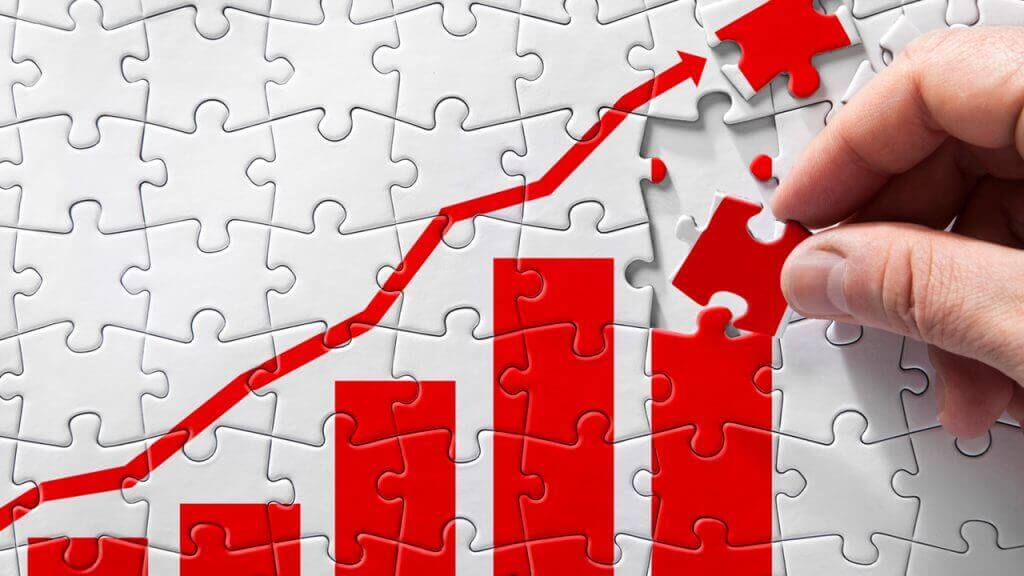
As a business practice, hotel revenue management (RM) is focused on optimizing financial results. Forecasting is a vital component of any revenue management strategy, and a tool to help managers anticipate future business performance.
NB: This is an article from Rainmaker
Here we point out significant differences between hotel business forecasts and the revenue management forecast, as well as the synergies that occur when they’re used in conjunction with each other.
Business Forecasts
Hotel business forecasting includes the operational and financial forecasts, and it’s based on historic data to predict occupancy, average daily rate (ADR), and revenue by month or year. Operational forecasts are typically used to manage hotel resources such as labor scheduling, supply and food purchasing, while financial forecasts provide an outlook on revenues and profitability. In a nutshell, business forecasts represent what result a hotel can expect to accomplish when following an assumed set of decisions that may include price changes and promotions to target incremental business. Another important fact to remember about business forecasts is that they use “constrained demand,” meaning that results are capped at actual room inventory.
Revenue Management Forecasts
In contrast, RM forecasts use “unconstrained demand” – starting with what’s already on the books, then taking a theoretical look forward to determine how many rooms would be purchased on a given day if inventory was unlimited and a hotel could capture every single potential guest. A hotel’s demand forecast fluctuates constantly, affected by factors such as inventory restrictions, local events, group business, cancellations, pace, pick up, and more. An RM forecast is essentially a forecast of your total opportunity by market segment and day of the week, allowing stakeholders to manage demand and channel mix – and make strategic pricing decisions on a daily basis – to maximize a hotel’s revenue and profit outcome.
RM Forecasts Inform Business Forecasts
RM forecasts must always come first, serving as an input for decision-making from a revenue strategist. The output then shows how you compare to your business forecast each month. For instance, when your RM forecast shows more or less business coming in than originally projected by your business forecast, your operations team can increase or decrease staffing based on the anticipated demand. And your marketing team can boost revenue by proactively deploying campaigns and determining the right segments to target to fill need periods.
A challenge to business forecasting accuracy may arise when you deviate from your system’s initial recommendations. For instance, during a forecasted soft period, you may have your marketing team run a promotion to stimulate demand. This was not in your original RM forecast but it will show up in your final business result. The system will not know, unless you tell it, that you’re running the extra promotion. Therefore, the system will not create as accurate a forecast.
Another problem occurs when revenue managers are tasked with creating the business forecasts and goals. Because they’re also often responsible for meeting those goals, they may avoid taking calculated risks or creating “stretch” goals, opting instead to establish goals they can easily meet. But if the overarching objective of revenue management is to optimize revenue, then it’s not about just meeting business forecast goals, it’s about exceeding them. Revenue managers should not operate on autopilot, but instead identify additional opportunities that truly impact profitability.
For example, perhaps a hotel in a college town will be at 100 percent occupancy during graduation weekend. The business forecasts incorporate rates and revenue from last year. By comparing this information to your RM forecast, you may see opportunities to maximize revenues by shutting off discount channels, yielding out channels, or putting in length-of-stay (LOS) restrictions to fill up shoulder nights that weren’t full during previous years.
Forecasting for hotels is a challenging but invaluable practice, and it must be done with the understanding that a forecast is never written in stone. However, by utilizing your RM forecast to inform your business forecasts and decision-making, you will create a stronger, more accurate foundation to drive your business and more effectively identify opportunities to achieve greater revenues and profitability.




